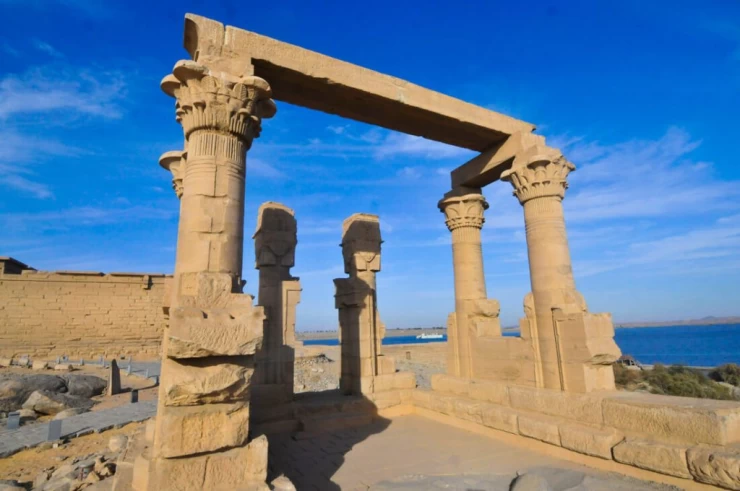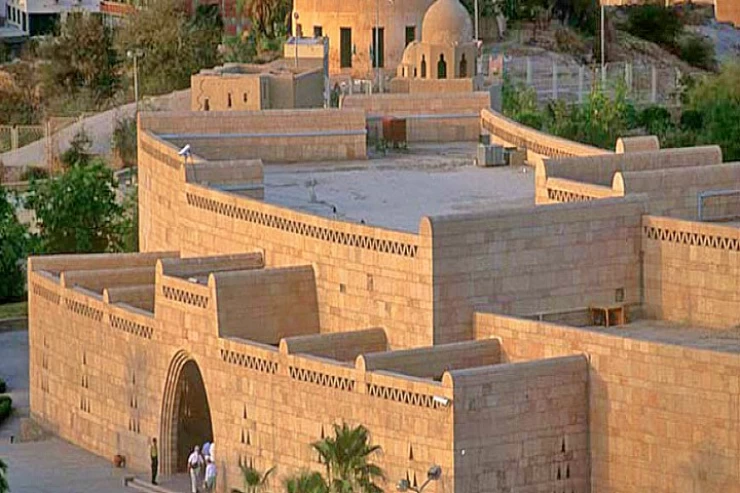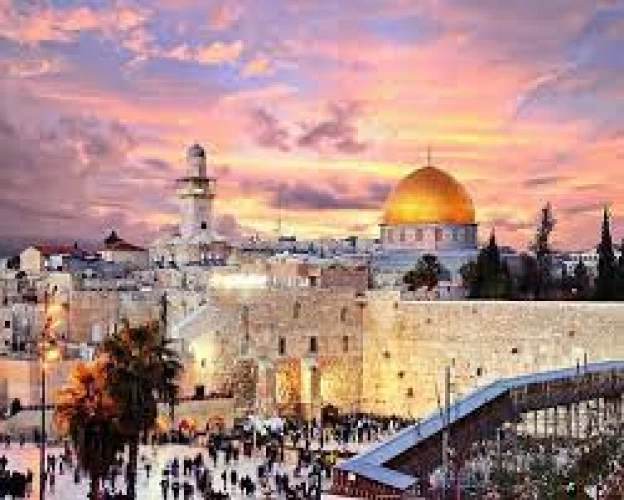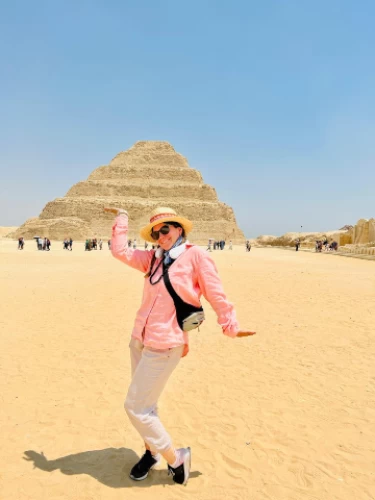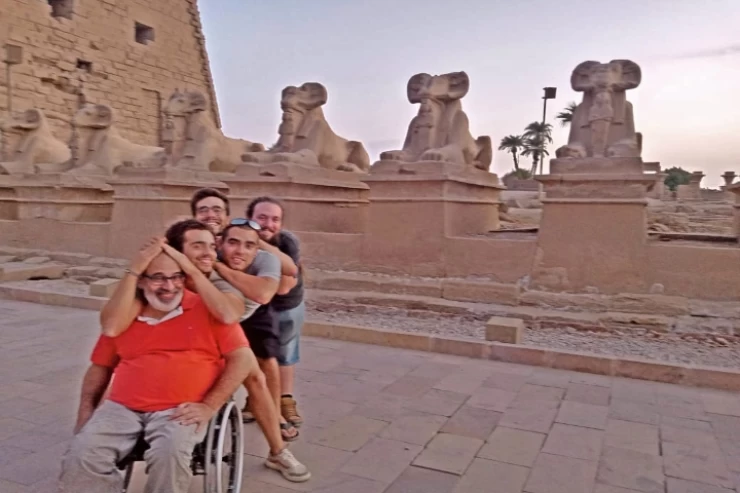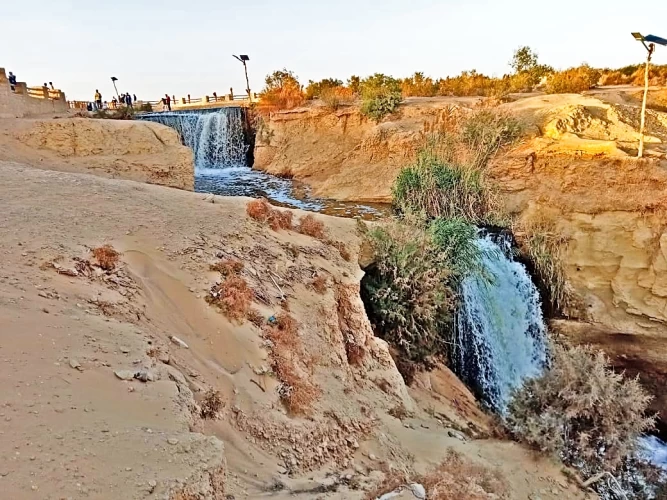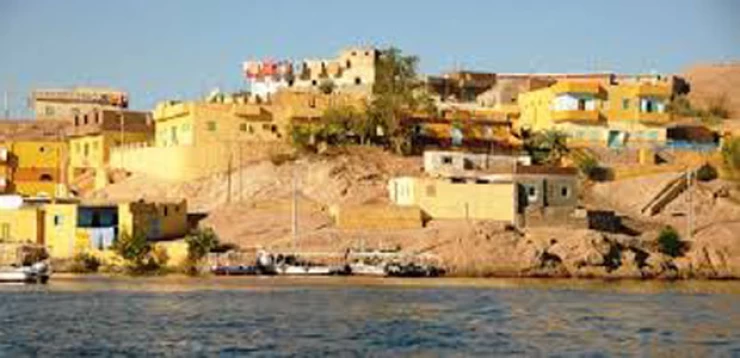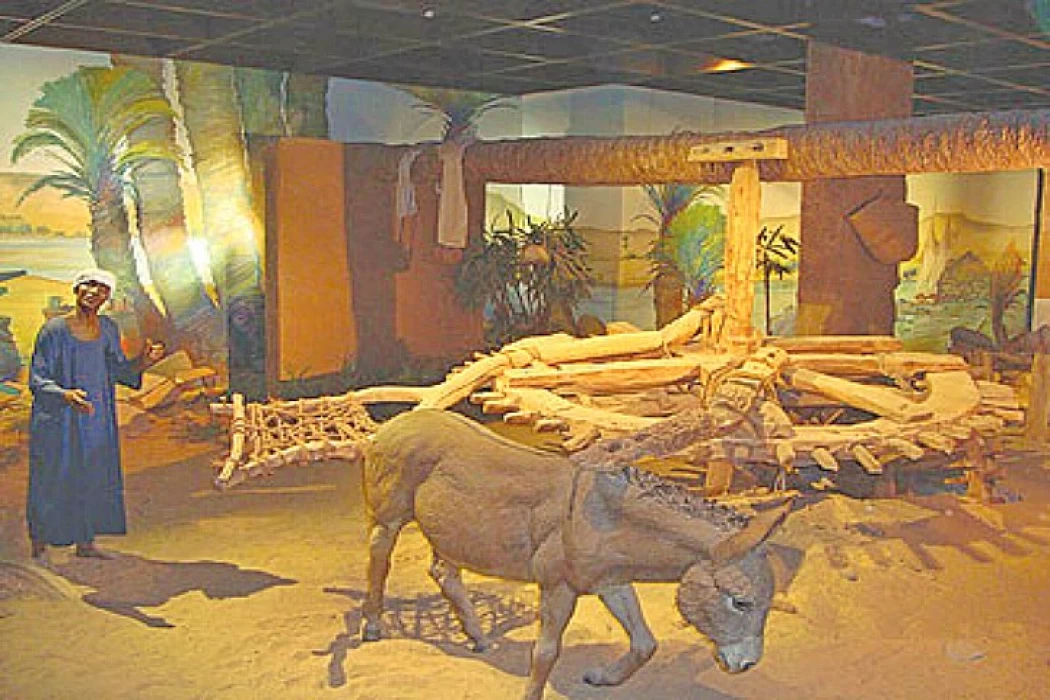
Nubia: The Land of Gold, Heritage, and Culture Along the Nile
On the banks of the eternal Nile River and south of the city of Aswan lies the Nubia region or the land of gold, as the ancients called it thousands of years ago, with all its fragrant odors and smiling and kind brown faces, similar to the Nile in its generosity and generosity, the people of Nubia ... With clear brown skin, a kind, tolerant and welcoming spirit, intelligence, sincerity, patience, ideals, morals and the preservation of high social customs, Nubia with its picturesque nature, the waters of the Nile, the clear sky, the beauty of the houses with their expressive drawings, their calm colors, the ancient land of Thebes, and when the world was in darkness and inhabited caves, Nubia enjoyed civilization, science and progress.
Its name is derived from the word (Nub), which in the ancient Egyptian language means gold, hence it is called “the land of gold”, as it was famous for the gold mines that were called Nubria
Nubia, a historical overview
The roots of Nubia's civilization go back ten thousand years, and the ancient Egyptians called Nubia “the land of bows” due to the skill of its people in archery, and major civilizational kingdoms flourished in it, some of which extended their influence over the entire Nile Valley to the Mediterranean Sea in the north, and the people of Nubia were the first line of defense to protect Egypt's southern borders throughout history, as the history of Nubia is replete with many events and victories The Nubians were protecting Egypt's southern borders, and among the people of Nubia was King Mina, the unifier of the two countries from the first Egyptian dynasty, and when the Hyksos invaded Egypt, King Ahmose used the skilled craftsmen from Nubia in rebuilding the Egyptian army that expelled the Hyksos, and if the word “Nub” means gold, the pharaohs extracted gold from it to craft their artistic heritage.
In the modern era, Muhammad Ali used Nubians in the formation of the Egyptian army, and the people of Nubia made great sacrifices to build the High Dam and emphasized their keenness on the supreme interest of the nation.
The Nubia region includes 38 villages and one bandra, and the Nubian village or city consists of a group of widely spaced dwellings, which are often located on the bank of the Nile or both banks and are called Najaa. The Nile is the only transportation route in Nubia, as the conditions and nature of the region make it difficult to find roads suitable for land transportation, and Nubians use Nile steamers and dhows to move from one village to another, while animals are used to move through mountain paths between nearby villages.
International Nubia Day
Nubians celebrate the World Nubia Day on July 7 annually. You can visit this village through Egypt Day Tours. The idea of the celebration was proposed in 2004 by a number of Nubian blocs and led by the Nubian intellectual Muhammad Suleiman Waliyab, the idea of unifying the date of the Nubian Day events to be held in various countries of the world on a known and announced date, the goal of dedicating an international day for Nubia was The Nubians chose the seventh day of the seventh month of each year to be the International Day of their city, because it is associated with many Nubian customs, such as the descent of the child born to the Nile water on the seventh day, and the woman after childbirth passes 7 times on incense, and even visits to the tombs after death last for seven days.
Before 2004, several Nubian entities and entities held events in different cities and capitals of the world under the name “Nubian Day”, which includes festivals, meetings and seminars, and several countries held the International Nubian Day, including but not limited to “Nubian Day in Stockholm, Halva, Congress and Britain”, due to the large Nubian community in these countries, and the celebration of the International Nubian Day in Cairo began in 2015, and before this year individual celebrations were held between Nubians and each other, until the Opera House decided to hold an annual ceremony for them.
Nubian language.
The “World Encyclopedia of Languages” defines the Nubian language as a desert Nilotic language, spoken by the inhabitants of southern Egypt and northern Sudan, with about one million speakers, and the Nubian language is divided into two parts among its people, the “Nubian Treasures dialect” and the “Nubian Vedika dialect. The Nubian language is divided into two parts among its people, namely the “Nubian Treasures dialect” and the “Nubian Vedika dialect.
Nubian art ... Its signs and symbols
Due to the unique nature that God endowed the people of Nubia with the elements of the fertile environment, their connection to the Nile River, and the specificity of their society, Nubian art reflects the specificity of Nubian culture, and includes symbols whose connotations reflect popular and magical beliefs, and this is evident in the tattoos that Nubian men and women alike are adorned with, and the wall paintings that decorate the facades of houses inside them, as well as beadwork and decorations of fronds and wickerwork.
The sword symbolizes heroism and courage, the crescent moon and star suggest optimism, as does the black cat, which also suggests optimism, while the raven and owl are symbols of misfortune and destruction, while flowers and roses symbolize friendship and love, and the pitcher and prayer rug symbolize purity and purity.
Latest Articles
Admin
Aswan Governerate in Egypt
One of Egypt's southern governorates is Aswan Governorate. The city of Aswan serves as its capital. At a latitude of 22 north of the equator (also known as the Tropic of Cancer), it is bounded to the north by the Qena Governorate, to the east by the Red Sea Governorate, to the west by the New Valley Governorate, and to the south by the Republic of Sudan.
Admin
Luxor Governorate Egypt
The capital of the Arab Republic of Egypt is Luxor City, which was once known as "Thebes City" because it served as Egypt's capital during the Pharaonic era. It is situated in the South Upper Egypt region, approximately 670 kilometers from the capital Cairo from the south. It is bordered on the north by Qena Governorate, on the south by Aswan Governorate, on the east by Red Sea Governorate, and on the west by New Valley Governorate.
Admin
History of kafr El Sheikh Governorate
Kafr El Sheikh Governorate is an Egyptian governorate, located in the northernmost part of Egypt in the Nile Delta, with Kafr El Sheikh as its capital. It had a population of 3,172,753 in 2015 and an area of 3,748 km². Its entire area is located north of the delta and overlooks the Mediterranean Sea. The main economic activity of the residents of the governorate is agriculture and fishing, especially the southern lands of the governorate and the lands overlooking the Nile River - Rosetta Branch.
Admin
Egypt's New Administrative Capital
The New Administrative Capital is located between the Cairo-Suez and Cairo-Ain Sokhna roads, 60 km from Cairo and the same distance from Ain Sokhna and Suez. The New Administrative Capital is located on the border of Badr City, in the area between the Cairo-Suez and Cairo-Ain Sokhna roads, just after New Cairo, Mostakbal City and Madinaty.
Admin
Al Gharbia Governorate
Gharbia Governorate is one of the governorates full of archaeological sites, whether they are places or facilities (mosques, churches), as the governorate is a destination for visitors to these places throughout the year, whether they are Egyptians from the different governorates.
Admin
Hamata Islands (Qulaan Archipelago) in Marsa Alam
The Hamata area, south of Marsa Alam in the Red Sea, is one of the most important parts of the Wadi El Gemal Reserve, whether in the desert or the sea. It was named after the sorrel plant, which was distorted to Hamata.






